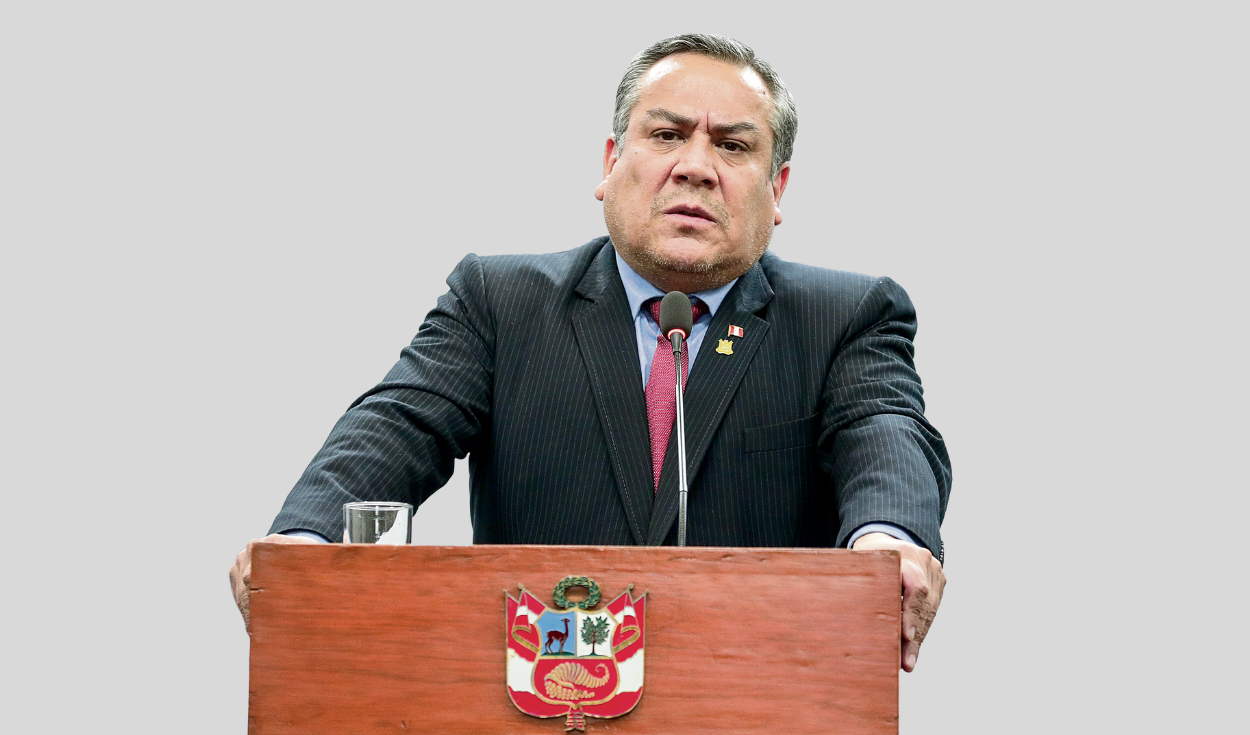
The merger proposed by the Executive of the regulatory organizations Osiptel, Sunass, Ositrán and Osinergmin would generate losses for the Peruvian State in terms of investment promotion, in addition to contravening the recommendations of adhesion to the OECD, to which Peru aspired to join this year. anus.
After learning that the request for legislative powers includes a chapter to place these four entities under the same umbrellain order to create a “multi-sector regulator”, the PUCP public policy specialist Flavio Ausejo clarified that the merger would mean a loss of the benefits obtained from them for the market and separately, greater than 30% of the costs joint administrative costs that the MEF seeks to reduce.
“The administrative costs that correspond to regulatory agencies represent 30% of the total costs they incur. But the benefits that would be lost due to unification are much higher than that 30% that you save,” explained the specialist.
Along these lines, Ausejo considered that having merged regulators would give an unclear signal about these guidelines.
“Indeed, the regulatory system can be perfected. What the PCM argues is to improve coordination and articulation mechanisms, but there is a distance between alleviating these aspects and merging organisms that seem to have similar processes, but that are of different subjects,” he remarked.
The professor mentioned that the measure could further distance Peru from its membership in the OECD, a group of countries with good public policies. Previously, the Executive already proposed a merger of Senace, Serfor, ANA and Sernanp.
The recommendation launched by the multilateral organization to reduce the bureaucratic burdena, explains Ausejo, concerns the entire State as a whole, and not specifically the regulators.
For this reason, Ausejo mentions that “there are no solid arguments” to think that the merger is the correct way to take advantage of the spaces for improvement in these four entities, and on the contrary “it causes specialization to be lost.”
“According to the OECD, the Peru has a diffuse and contradictory regulation, but at the general level of the Peruvian state. It does not refer to the regulation of public services,” the specialist clarified.
Organisms in PCM’s crosshairs
Telephone, electricity and drinking water services, and the provision of transportation infrastructure for public use are provided under conditions of natural monopoly, so they have a different treatment.
The Constitutional Court has ruled on several occasions about the work carried out by regulatory bodies to promote investments.
Source: Larepublica
Alia is a professional author and journalist, working at 247 news agency. She writes on various topics from economy news to general interest pieces, providing readers with relevant and informative content. With years of experience, she brings a unique perspective and in-depth analysis to her work.












